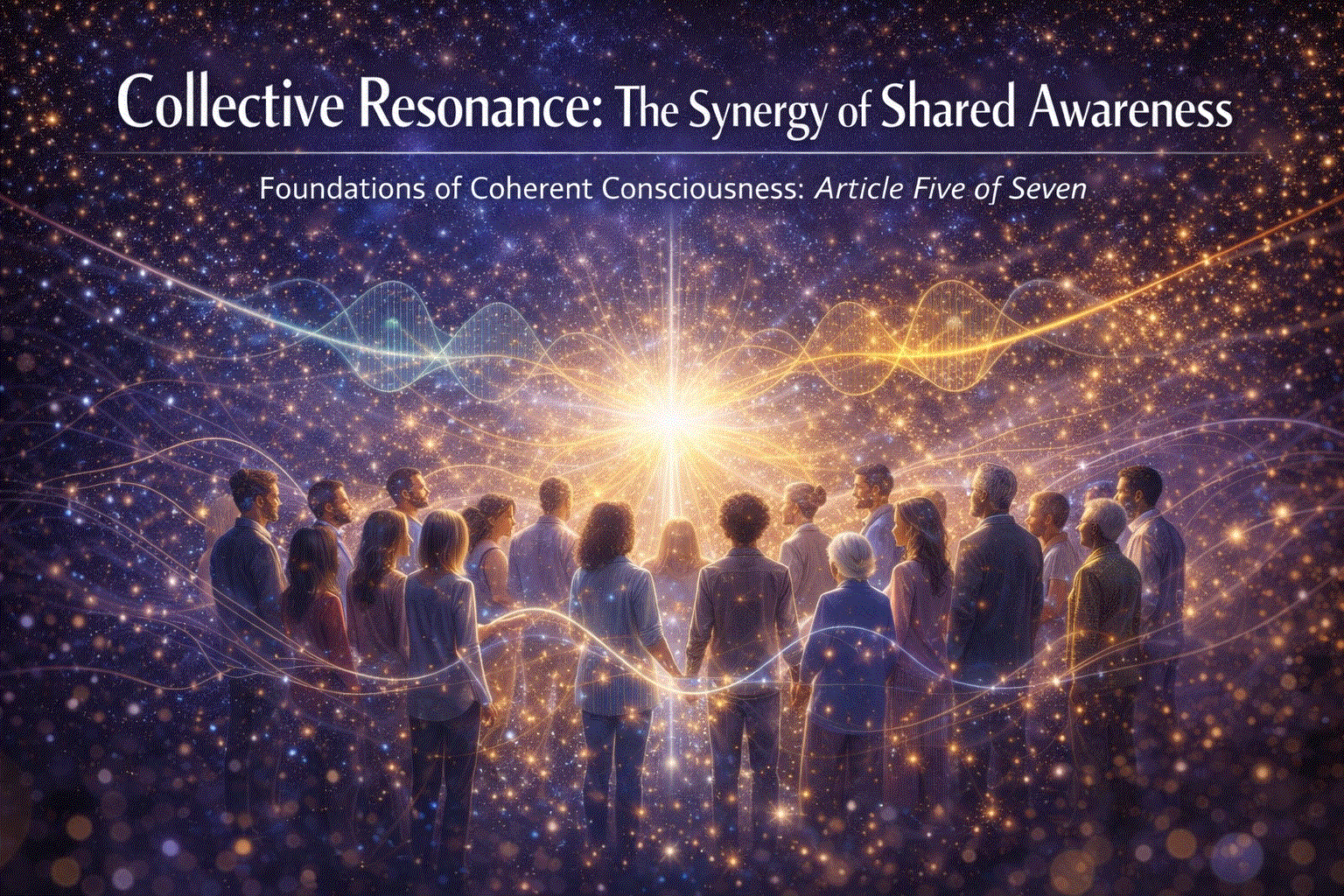Oct30

Business-to-Business (B2B) Outcome-based go-to-client models are gaining popularity as companies seek more effective, measurable and lasting ways to deliver meaningful, sustainable innovation and differentiation to underpin growth. These new go-to-client models, which focus on clients desired business outcomes instead of the products sold, help companies build fundamentally different relationships with their clients. This approach also enables sellers to identify and target high-potential clients in ways their competitors either can't or won't. By shifting from a product and/or service-centric strategy to a business outcome-based one, businesses can accelerate innovation, reach new clients and achieve growth results not previously achievable. This blog post shares 5 tips for business outcome-based go-to client model innovation that will help you as your organization transform.
What made you successful won't make you successful.
Success will be achieved through transformation, not incrementalism.
Organizational Buy-in and Commitment
Before you begin designing your outcome-based go-to-client models, you need to ensure you have the buy-in and commitment of key stakeholders across the organization. This means that business leaders, marketing and sales leaders, and customer service teams are involved and working towards achieving the same outcomes. To get buy-in and commitment, you need to demonstrate how business outcome-based strategies will benefit the organization and its stakeholders. The challenge here is intellectually every executive "gets it". In fact they may suggest they are already outcome-based. Yet more often than not the behaviour of the organisation is still product/service centric. The buy-in sought here is to consistently challenge the status quo. To consistently challenge "are we really there yet". This is required from every leader at every level.
Define Your Outcomes
Before you begin designing your outcome-based go-to-client model, you first need to define your desired outcomes. What is the problem you’re trying to solve? What are you hoping the new model will achieve? While you can select a few primary outcomes, you shouldn’t try to address too many goals at once. Doing so will make it difficult to prioritize efforts and achieve success quickly. It might also lead to more limited innovation and missed opportunities. often the simplest of all is opportunity creation outside of IT. Measured in highly qualified funnel (qualified using a 9 stage co-created business case approach). But it is not the only metric, another may be sales conversion / close rates (as an example).
Think big....start small....learn fast and scale success.
Identify Your New Clients
After you’ve defined your desired outcomes, you need to identify who your new clients are. Business outcomes are not owned by IT. Ideas generated are designed to address the business outcomes, thus the buyers who care are the executives who own these outcomes. This will require a significant shift in the relationships your company and sellers have with your clients. Both cultivating and nurturing new relationships will be critical. Not just occasional pleasantry based meetings, but genuine relationships that have active action around unlocking latent opportunities for both. If your teams don't have highly detailed action orientated, measured and coached relationship action plans outside of IT, your company will never transform.
Massively Embrace An Ecosystem Approach
No company can unlock latent market demand on their own, in fact not even with a single partner. To change business models, operating models, customer experience models etc, companies often need many other companies to assist. In fact in a recent outcome-led opportunity changing just one critical (but broad reaching) business process it was identified that 8 external companies and 9 internal business functions would need to be involved. Becoming highly adept at partnering, quickly, effectively, with solid communication and shared goals is one of the keys to successfully executing an outcome-led go-to-client model. If you don't partner well, this will be a critical focus area for you.
Client Delight
In recent years Customer Success has been defined as a services based strategy. Shifting focus from make, sell and support, to a more in-depth services relationship. Especially as the world has moved to managed or "as a service" offerings. Customer Success, whilst an excellent foundation, however, is no longer enough. If everyone is doing it, how are you different? The new bar for success is Client Delight. B2C companies get this. Think about the most successful B2C companies in the world, their customers love them. Everything they do has the customer experience at the core of strategy, execution and innovation. B2B companies are far far behind. Whilst B2B companies often talk about customer experience, when you go and talk to their clients there is an overwhelming sense of "they are very hard to do business with". The winners, the B2B companies that will fundamentally change the game will put Client Delight, true delight, absolutely as the corner stone of every strategy, investment, focus and execution decision.
Conclusion
Business Outcome-based go-to-client models are the game-changer you've been looking for. But viewing it as an incremental evolution of your current model is the wrong approach. It is a shift in your business model, operating model, client delight model, economic model and risk model.
Transforming these models is not easy, but for B2B companies, there is a massive massive unmet market need, just waiting for a bold courageous organization to grab it.
Will it be yours?
Keywords: Customer Experience, Leadership, Sales
 Collective Resonance: How Consciousness Scales Beyond the Individual
Collective Resonance: How Consciousness Scales Beyond the Individual Autonomous Wingmen: Scaling Sustainable Aviation via NVIDIA NAT and Formation Flight
Autonomous Wingmen: Scaling Sustainable Aviation via NVIDIA NAT and Formation Flight The Board Chair as the Primary Lever of Psychological Safety
The Board Chair as the Primary Lever of Psychological Safety Friday’s Change Reflection Quote - Leadership of Change - Change Leaders Maintain Trust and Legitimacy
Friday’s Change Reflection Quote - Leadership of Change - Change Leaders Maintain Trust and Legitimacy The Corix Partners Friday Reading List - January 16, 2026
The Corix Partners Friday Reading List - January 16, 2026